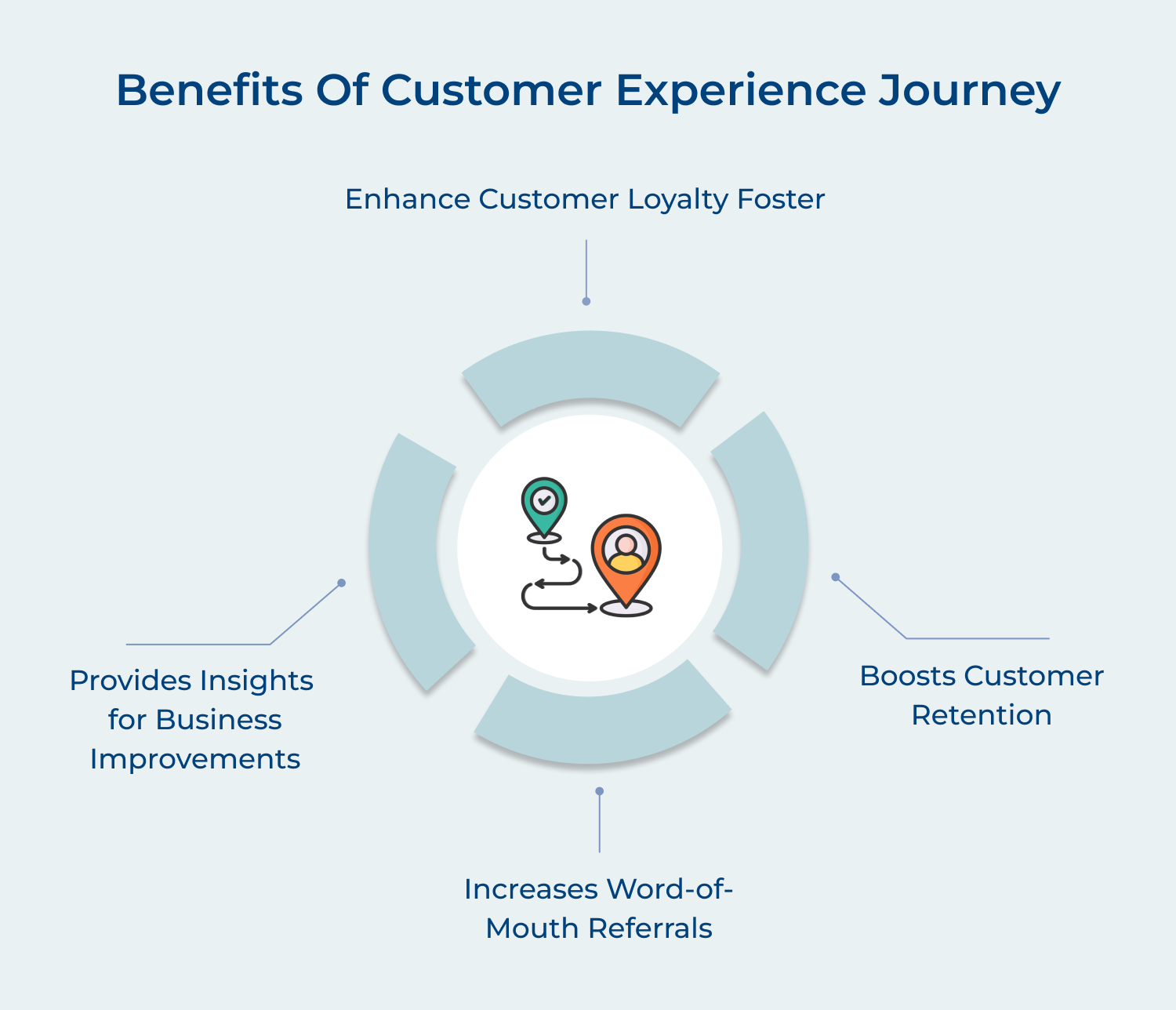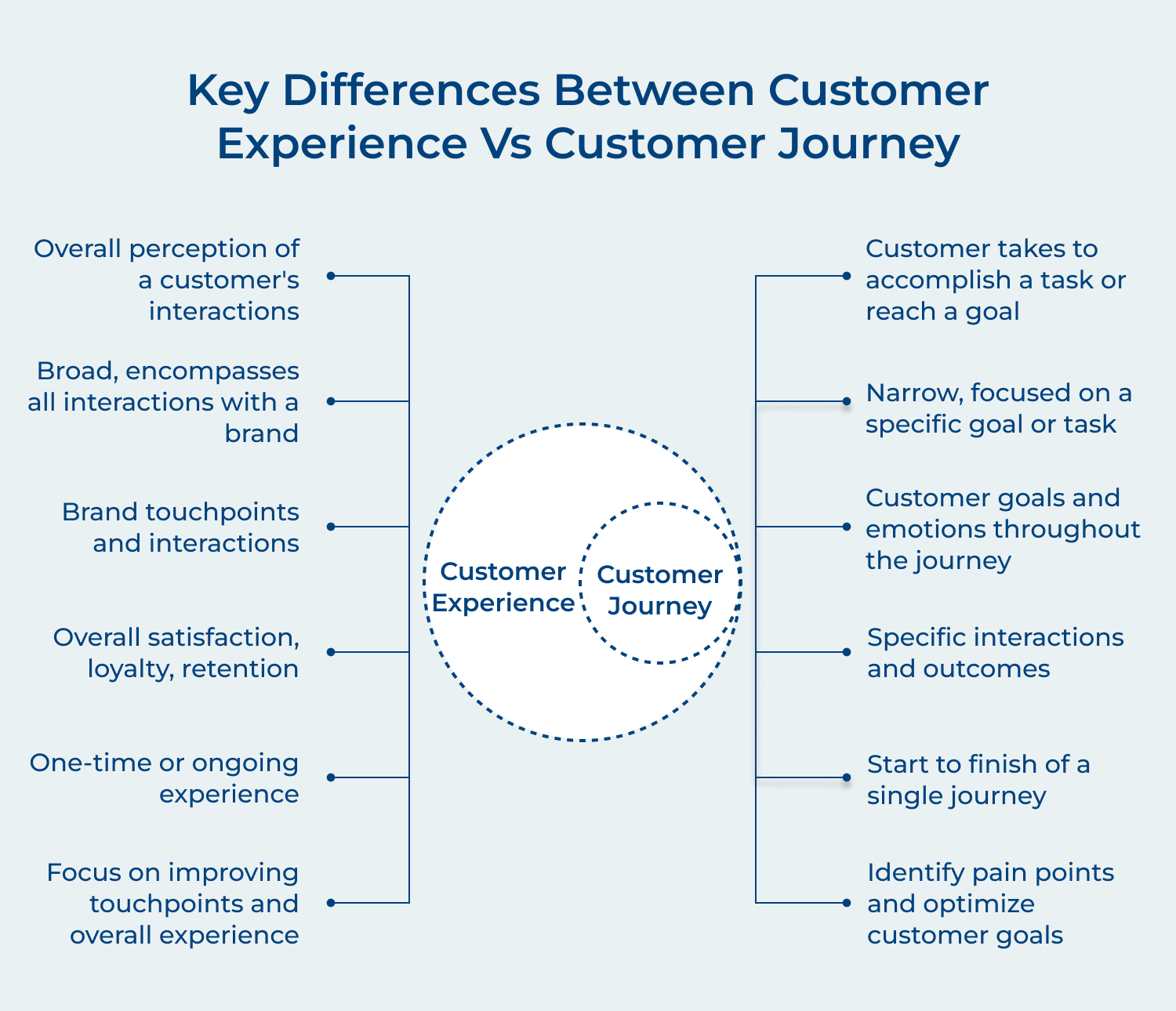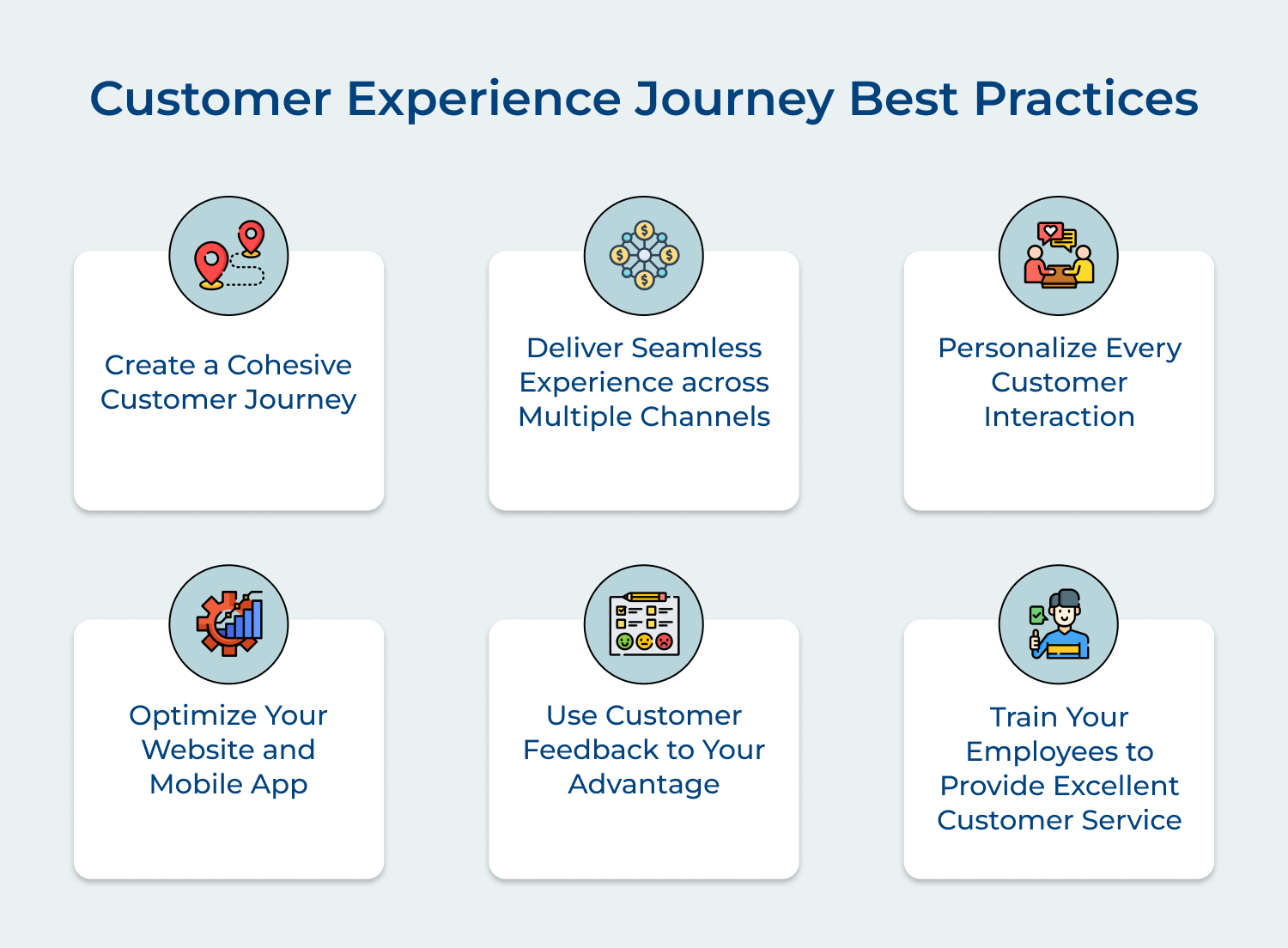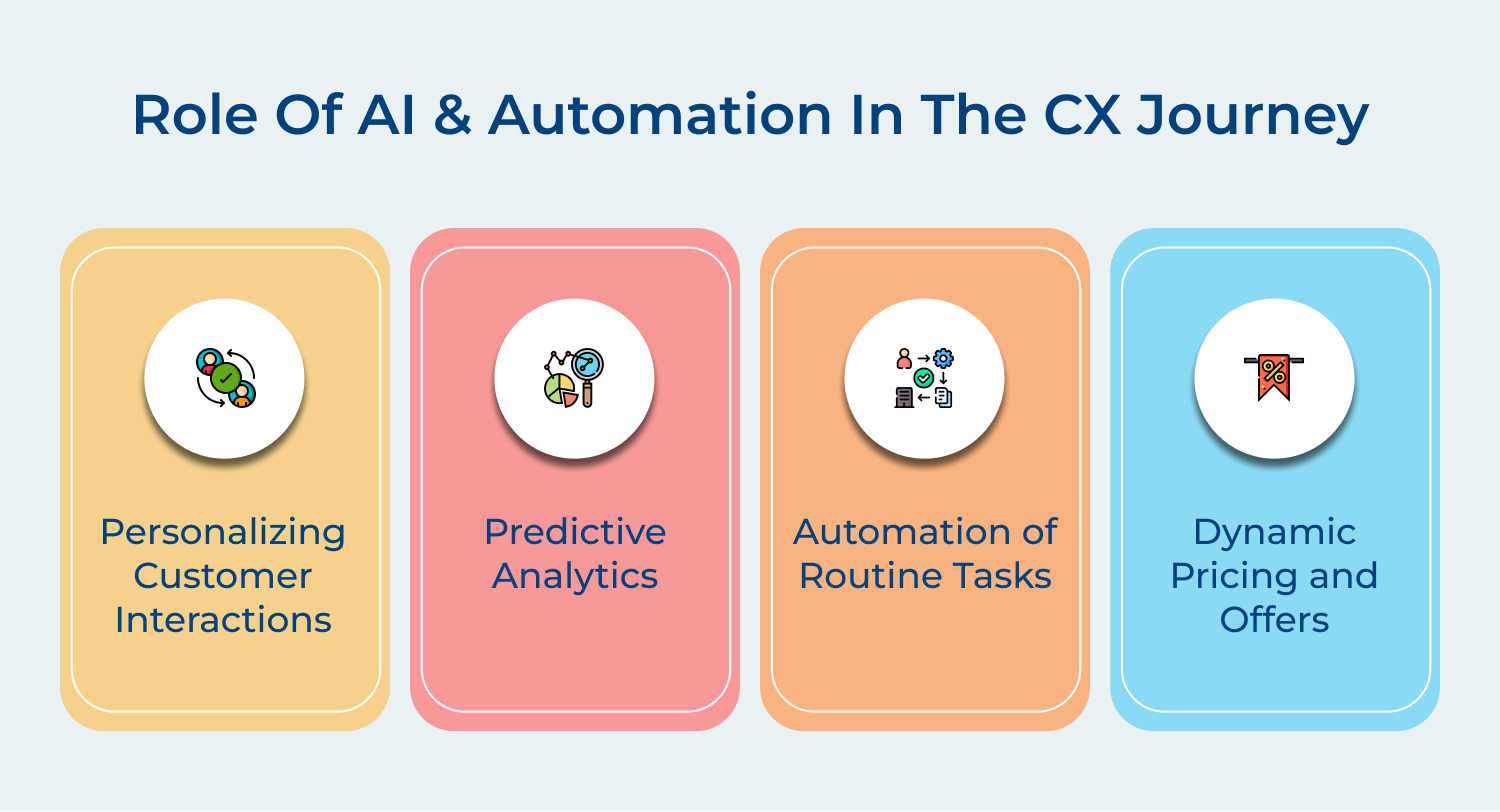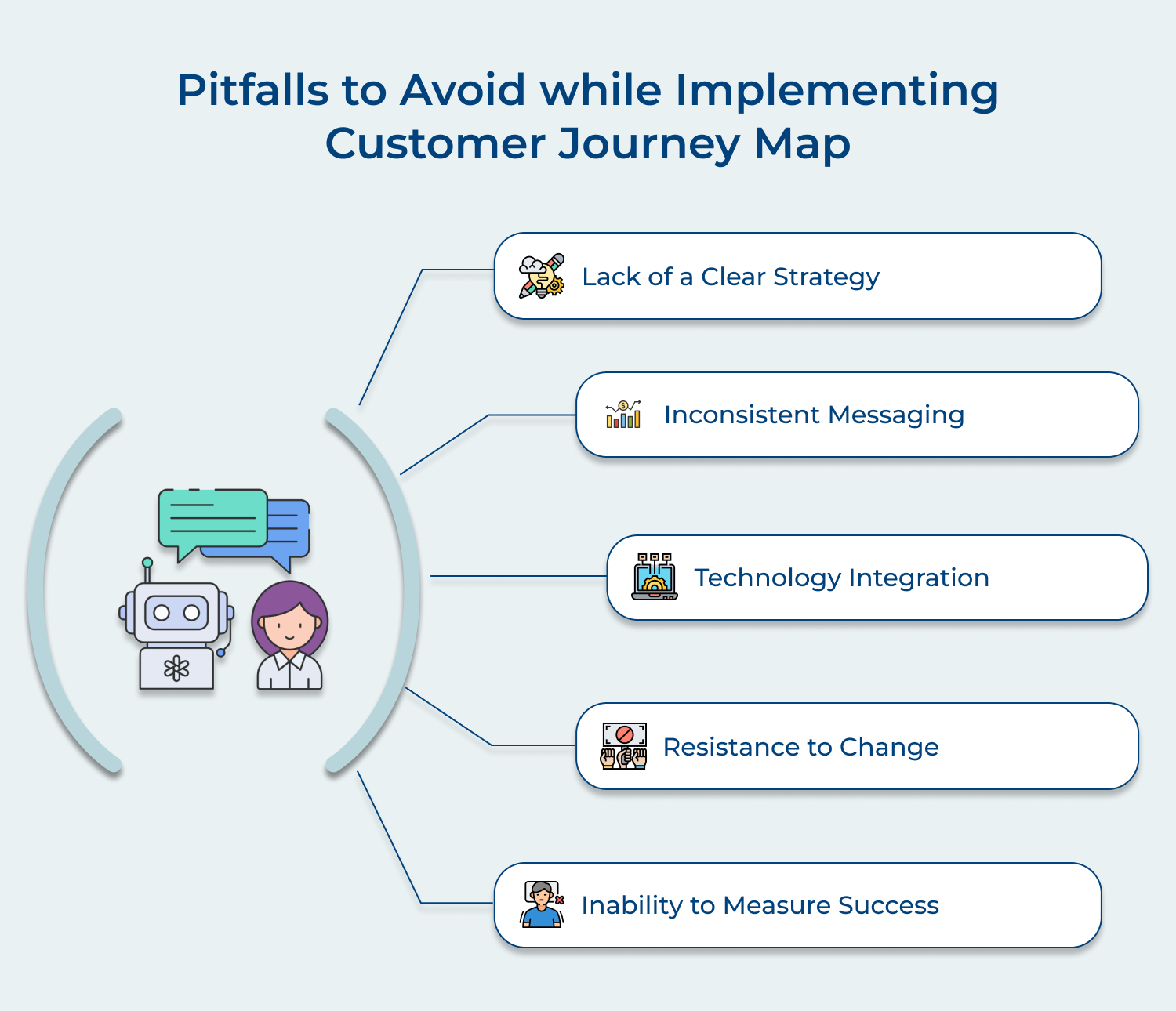1. Personalizing Customer Interactions
One of the key benefits of AI is its ability to personalize customer interactions. By utilizing machine learning algorithms, AI can analyze customer interactions to provide personalized recommendations, content, and solutions.
Chatbots powered by AI can handle customer inquiries and provide helpful responses, improving the overall customer experience.
Key features:
- Customer segmentation: AI algorithms can analyze vast amounts of customer data and segment customers into distinct groups based on their preferences.
- Real-time recommendations: AI algorithms can analyze customer behavior in real time and provide personalized product recommendations. It improves the customer experience and increases cross-selling & upselling.
- Chatbots and virtual assistants: AI-powered chatbots can engage in conversations with customers, providing real-time assistance and personalized recommendations that create a seamless customer experience.
- Dynamic pricing: AI algorithms can analyze customer data, market trends, and competitor pricing to dynamically adjust prices based on individual customer preferences. The personalized pricing strategy increases conversion rates and customer satisfaction.
2. Predictive Analytics
AI-powered predictive analytics can help companies anticipate customer needs and provide proactive solutions to problems they haven’t encountered yet. Machine learning algorithms can analyze customer data to identify patterns and make future predictions.
The insights-driven approach can help companies anticipate potential issues and address them before they arise, improving customer satisfaction.
Key features:
- Customer lifetime value prediction: Analyzing historical customer data, AI algorithms can predict the future value of customers, which helps businesses allocate resources accurately and prioritize customer acquisition/retention strategies.
- Churn prediction: AI algorithms can analyze customer behavior patterns and identify indicators that signal potential churn. By proactively identifying at-risk customers, businesses can implement retention strategies to minimize churn.
- Demand forecasting: AI algorithms can analyze historical sales data, market trends, and external factors to forecast future demand accurately. It enables businesses to optimize inventory management, production planning, and resource allocation.
- Fraud detection: Businesses can analyze patterns with AI algorithms in financial transactions to detect fraud in real time. By continuously monitoring transactions, predictive analytics can enable businesses to mitigate risks.
3. Automation of Routine Tasks
Automation can also streamline the customer experience journey by eliminating time-consuming, manual tasks.
Routine tasks like scheduling appointments, data entry, and even social media management can be automated, freeing up staff to focus on more complex customer interactions. It can improve efficiency, minimize errors, and improve the overall customer experience.
Key features:
- Cost savings: Automation reduces the need for human intervention in routine tasks, resulting in cost savings for organizations. By automating processes, companies can eliminate the need for manual labor, reducing expenses associated with hiring and training employees for repetitive tasks.
- Improved accuracy: AI algorithms are designed to learn, leading to improved accuracy and reduced errors. Automated systems can execute tasks consistently and with a high level of precision, minimizing human errors that may occur due to fatigue or distractions.
- Scalability: Automated systems can easily scale up or down based on demand, ensuring smooth operations even during peak periods. Whether it is processing customer orders, managing inventory, or handling customer inquiries, AI-powered automation can handle the workflow effectively.
- Data analysis and insights: AI algorithms can analyze vast amounts of data and provide organizations with valuable insights for decision-making. Automating data collection helps businesses to identify patterns, trends, and customer preferences, enabling them to make data-driven decisions.
4. Dynamic Pricing and Offers
AI can help businesses offer personalized, dynamic pricing and promotions in real time.
Pricing algorithms powered by machine learning can analyze purchase history, browsing patterns, and other data points to offer discounts to customers based on their individual preferences. It makes the shopping experience more personalized and drives sales.
Key features:
- Real-time market monitoring: AI-powered algorithms monitor market trends, competitor pricing, and customer demand in real-time. It enables businesses to adjust their pricing strategies dynamically to stay competitive.
- Personalized pricing and offers: AI can analyze customer data, including purchase history, browsing behavior and demographics to offer personalized pricing offers. It enhances customer engagement and loyalty by delivering customized experiences.
- Demand forecasting: AI algorithms can analyze historical sales data, and external factors like weather patterns and market conditions to forecast demand accurately. With this information, businesses can adjust prices and offers proactively to meet customer demands.
- Optimization of revenue and margins: Dynamic pricing using AI helps businesses optimize revenue and profit margins by ensuring that prices are set at the most optimal level. AI algorithms continuously analyze data to identify price points that maximize sales volume and profitability.
Customer Experience Journey Examples
Creating a positive CX journey requires a deep understanding of your target audience and their unique needs at each stage of the customer journey.
Mailchimp
Mailchimp is a great example of a successful internet business CX journey. The company’s customer experience strategy revolves around creating user-friendly interfaces and focusing on what customers need to succeed.
Mailchimp creates engaging experiences for customers by using analytics to track user behavior, providing customized content, and offering valuable resources.
Zappos
Zappos is widely regarded as one of the best customer experience journeys in eCommerce. The company’s approach is centered around finding the right product for the right person, nurturing customer relationships, and providing exceptional customer service.
Zappos’ free shipping, 365-day return policy, and personalized customer service have all contributed to the company’s success in creating a memorable customer journey.
Cleveland Clinic
From booking appointments to post-procedure care, the Cleveland Clinic offers patients an intuitive and personalized experience. The clinic’s Patient Experience Empathy program is designed to improve every aspect of the patient journey, from communication to physical comfort.
Salesforce
The company’s customer experience strategy includes connecting with customers at every touchpoint, from initial contact to ongoing support. Salesforce creates engaging experiences for customers through personalized interactions, relevant content, and easy-to-use technology.
The approach has helped Salesforce retain customers, create brand loyalty, and gain a competitive advantage in the highly competitive tech industry.
Pitfalls to Avoid While Implementing Customer Journey Map
Many businesses struggle with implementation challenges that hamper their efforts to create a positive CX.

